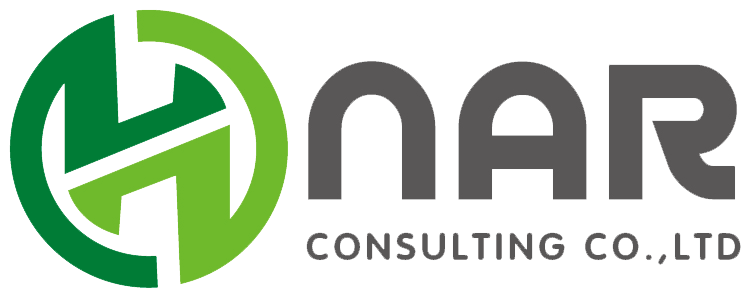National Service Hotline:
-
-
-
-
-
Contact

One-stop chemical compliance services, providing chemical compliance consulting services
Information Details
Customs clearance tips for imported pharmaceutical excipients
Release time:
2024-03-07 15:39
With the upgrading of demand for generic drugs and innovative drugs, more and more manufacturers realize that pharmaceutical excipients have a great impact on the quality of drugs. Many importers are not clear about what materials and procedures need to be prepared during the customs clearance of imported pharmaceutical excipients. The following is a sharing of relevant customs clearance procedures.
Customs clearance information:
According to the Circular of the General Administration of Food and Drug Administration on matters related to the import and customs clearance of excipients for traditional Chinese medicine in the list of imported drugs (No. 31 of 2017) issued by the State Food and Drug Administration ". For the pharmaceutical excipients in the list of imported drugs, the importing unit may go to the port food and drug regulatory department to handle the "Customs Clearance Form for Imported Drugs" with the approval certificate of pharmaceutical excipients, photocopy of business license, packing list, bill of lading, factory inspection report and other materials. The food and drug regulatory department at the port shall indicate in the Customs Clearance Form for Imported Drugs that "this product is a pharmaceutical excipient, not a drug, and does not require port inspection.
The approval documents of pharmaceutical excipients shall include one of the following contents:
(I) the Registration Certificate of Imported Drugs for the import of pharmaceutical excipients, and after the expiration of the registration certificate, the imported pharmaceutical excipients can continue to be used in the original drugs;
(II) the approval number or acceptance notice of pharmaceutical excipients obtained according to the notice of the general administration on matters related to the review and approval of pharmaceutical excipients and drugs (no 134 of 2016);
(III) pharmaceutical excipients disposable import approval;
(IV) other approval documents that allow the import of pharmaceutical excipients.
National Service Hotline:
Beijing Headquarters: D10, Floor 4, Block A, Borui Building, No.26, Dongsanhuan North Road, Chaoyang District, Beijing, China
Tel: 86-010-6471 0683
Shanghai: Room D308, Zhongyi International Building, Puxing Highway 800, Minhang District, Shanghai
Tel: 86-021-3478 3993
Guangzhou: Room 201, Xinying Technology Park, No. 313 Jinxin Avenue, Panyu District, Guangzhou
Tel:400 660 1329
E-mail:nar@china-reach.net
Copyright: New Anrun (Beijing) Consulting Co., Ltd.







